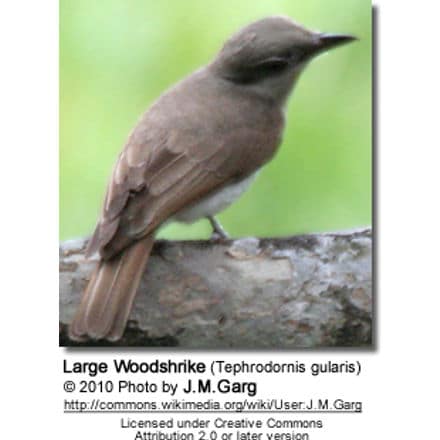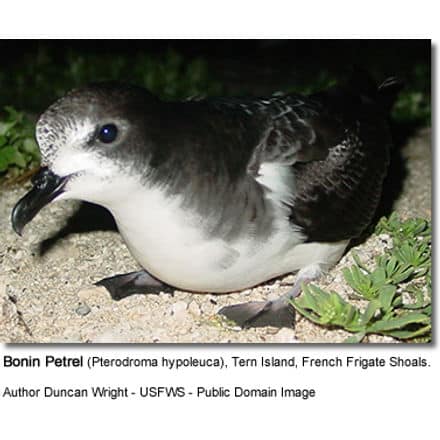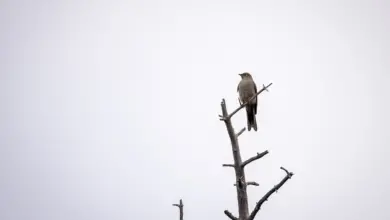Slaty Flowerpiercers
The Slaty Flowerpiercers (Diglossa plumbea) – also known as Slaty Honeycreepers – occur naturally in Central America, where they are relatively common in mountain forests, in particularly in areas with flowering shrubs.
These birds were named for their habit of piercing the base of flowers to retrieve the nectar therein. Their upturned bills with hooked upper mandibles and brush-like tongues are particularly well adapted for this task.
Distribution / Habitat
Slaty Flowerpierces are found in the highlands of Nicaragua south through Costa Rica to western Panama (east to Veraguas).
They occur at elevations ranging from ~ 4,000 – 6,230 feet (1,200 – 1,900 meters) inhabiting mountain forests, clearings and areas with flowering shrubs.
Taxonomy, Subspecies and Ranges:
The Slaty Flowerpiercers were formerly considered conspecific (one and the same species) with the Rusty Flowerpiercer (Diglossa sittoides) from South America. But they are now considered separate species.
Most sources list the Slaty Flowerpiercers as “monotypic” (one single race); however, one subspecies has been proposed:
- Slaty Flowerpiercer (nominate) (Diglossa plumbea plumbea – Cabanis, 1861)
- Range: Highlands of Costa Rica and extreme western Panama in the Chiriquí province
- Slaty Flowerpiercer (veraguensis) (Diglossa plumbea veraguensis – Griscom, 1927)
- Range: Pacific slope of western Panama in the province of Veraguas
Description
Size
Average Length: 4 inches or 10 cm (including the tail)
Average Weight: 0.3 oz or 9 grams
Plumage Details / Adults
Adult male:
Blue-grey plumage with a lead-grey throat and chest. Wings and tail are blackish with grey edgings.
Adult female:
Olive-brown above and paler below.
Other Physical Details
Hooked upper beak and pointed lower beak.
Juvenile Description
Immature birds resemble the adult females; except two tawny wing bars and faintly streaked buff-yellow underparts.
Diet / Feeding
The Slaty Flowerpiercers feed on nectar extracted from the base of the flowers of shrubs and epiphytes. They hook their upturned upper bills over the flowers’ corollas and then pierce the nectar-rich corollas with the pointed lower bills. They extract the nectar through the hole with their tongues.
They also feed on small insects gleaned from foliage or caught in flight.
Breeding / Nesting
The female constructs a large cup nest with coarse plant material and lines the nest with soft fibers. The nest is typically placed 1.3 – 13 feet (0.4 – 4 meters) above the ground, in dense shrub, grass tussocks or pine trees.
The average clutch consists of two brown-speckled pale blue eggs, which the female incubates alone for about 12–14 days to hatching.
Calls / Vocalizations / Sounds
Call: a thin tsip
Song: described as see-chew see-chew see-chew seer seer surrzeep, tsee tsew tsink tsink tsink.
https://www.xeno-canto.org/embed.php?XC=125470&simple=1
Alternate (Global) Names
Chinese: ???? … Czech: há?kozobec pacifický … Danish: Ensfarvet Blomsterborer … Dutch: Leigrijze Berghoningkruiper … Finnish: lyijypuhkoja … French: Diglosse plombé, Percefleur ardoisé … German: Einfarb-Hakenschnabel, Zimtbauch-Hakenschnabel … Italian: Bucafiori ardesia … Japanese: usuzumihanasashimitsudori … Norwegian: Blyblomsterborer … Polish: Haczkodziobek cynamonowy, haczykodziobek sniady, haczykodziobek ?niady … Slovak: kvetárik bridlicový … Spanish: Diglosa Pizarra, Pinchaflor plomizo … Swedish: Blygrå blomsterpickare
Tanager Information … Tanager Species … Tanager Species Photo Gallery




